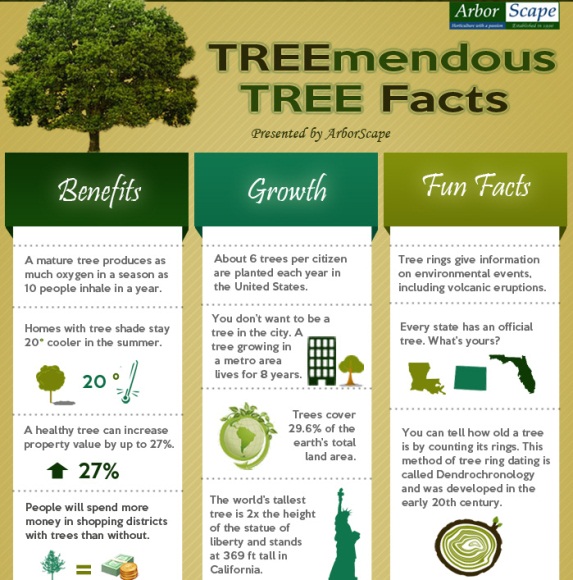Seasonal Tree Care: Exactly How To Handle Trees Before And After Elimination
Seasonal Tree Care: Exactly How To Handle Trees Before And After Elimination
Blog Article
Get the facts -
When it pertains to seasonal tree treatment, guaranteeing correct administration before and after removal can substantially impact the health and looks of your landscape. By comprehending the necessary actions involved in examining tree wellness and getting ready for elimination, you can proactively protect your building. But what about the essential practices to adhere to as soon as the tree is gone? Keep tuned to uncover the important post-removal care actions that will assist you cultivate a growing and sustainable environment for your trees.
Pre-Removal Tree Care
Before dealing with the removal of a tree, it's crucial to prioritize pre-removal tree treatment. Begin by examining the tree's health and structural honesty. Seek signs of condition, insect problems, or any type of architectural concerns that may position a safety danger during elimination. It's important to consult with a certified arborist to identify the best strategy.
Trimming dead or unhealthy branches can protect against additional damage to the tree and guarantee a smoother removal procedure.
Furthermore, think about the environmental influence of getting rid of the tree. Trees play an essential role in our community, so growing a new tree in an appropriate area can help balance out any kind of loss. Make sure that you have the necessary authorizations and authorizations for tree removal, especially if the tree is secured by neighborhood guidelines.
Seasonal Upkeep Tips
Assessing your tree's demands throughout the year is critical for its wellness and long life. To maintain your trees in leading problem, adhere to these seasonal upkeep tips.
In spring, focus on trimming to eliminate dead or broken branches and encourage new growth.
Summer asks for regular watering, specifically throughout droughts, to guarantee your tree stays hydrated.
As manager growth , watch out for early signs of condition or tension, and take into consideration applying mulch to protect the roots throughout winter season.
In winter, beware when eliminating snow from branches to avoid damage, and remain to monitor your tree's overall wellness.
Remember to adjust your treatment regular based on the particular requirements of your tree varieties and local climate. By staying conscientious and proactive throughout the periods, you can aid your trees prosper and prosper for many years ahead.
Post-Removal Tree Care
To ensure the wellness of your landscape even after tree elimination, correct post-removal treatment is essential. After a tree is gotten rid of, it's crucial to load the staying opening with topsoil and portable it to avoid settling. This will aid preserve the honesty of the ground and protect against possible hazards in the future.
Consider planting https://burning-stump27261.ourcodeblog.com/31357425/a-methodical-guide-to-choosing-the-most-effective-stump-grinding-service -new plants in place of the removed tree to recover the equilibrium and looks of your landscape. Frequently water the area to promote the development of brand-new plants and avoid dirt disintegration.
Examine the bordering trees for any type of signs of condition or tension that might have been brought on by the gotten rid of tree. Watch out for bugs that might've been brought in to the previous tree and take preventive measures to shield the remaining plants.
If required, consult with a professional arborist to evaluate the influence of the elimination on the bordering trees and determine any added treatment required. By complying with these post-removal treatment actions, you can make certain the continued health and wellness and elegance of your landscape.
Final thought
To conclude, aggressive seasonal tree treatment is vital for keeping the health and wellness and equilibrium of your landscape. By assessing tree health and wellness, trimming, and consulting with an arborist prior to elimination, you can make sure a risk-free procedure. After removal, filling up the hole, growing new vegetation, and routine watering will certainly promote new growth and stop erosion. Remember to examine surrounding trees for disease and seek additional care measures from an arborist to keep your landscape growing.
